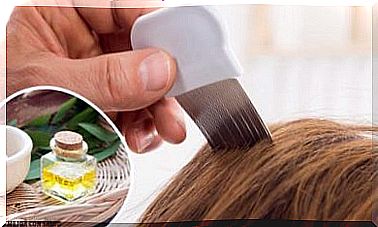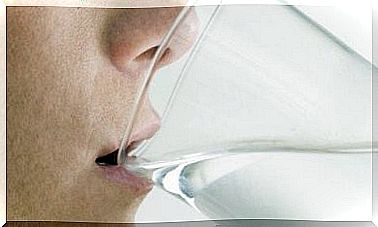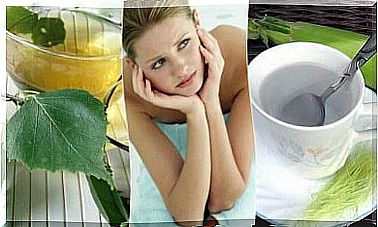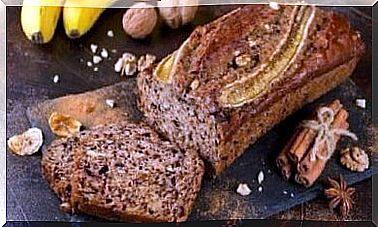Preserving Vitamins: Everything You Need To Know
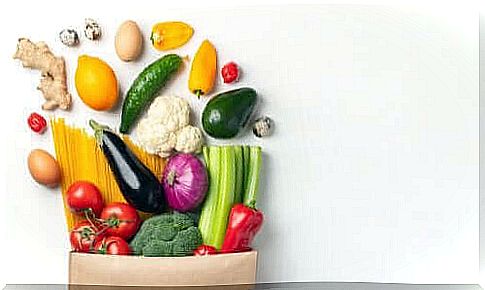
It is important to preserve vitamins that are in our food. The way vitamins are maintained in food can be influenced by several elements.
Each group of vitamins is susceptible to one or more factors, whether they are water or fat soluble. We need to know the processes that can influence the preservation of vitamins in order to avoid loss and thus the loss of their nutritional value.
Remember that most vitamins are essential micronutrients and it is necessary to respect the recommended daily intake of vitamins through a healthy diet. If we don’t, we increase the risk of developing medium and long-term pathologies, which can endanger our health.
Source of vitamins
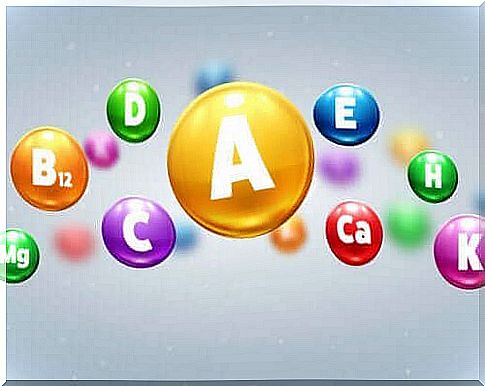
The main sources of vitamins are fruits and vegetables. The color of this is determined by the prevalence of a particular vitamin:
- Red: the color is due to the vitamin C and beta-carotene content. Red foods act as antioxidants, according to research published in the British Journal of Pharmacology. This group includes strawberries, raspberries, cherries, blueberries, red peppers or tomatoes.
- Orange and Yellow: A source of vitamins A and C, which help strengthen the immune system and lower blood pressure. This group includes foods such as oranges, limes, lemons, carrots, papayas or even yellow peppers.
- Green: These are foods rich in folic acid (vitamin B9) and vitamin K. They help strengthen the immune system and keep skin and hair healthy. In this category we find all green leafy vegetables and fruits such as kiwi, grapes or avocados.
- Blue-Purple: These have a high content of polyphenols. Purple fruits and vegetables help slow down aging and protect memory and urinary tract function.
Preserving vitamins the right way
Preserving vitamins is important because we need to protect their antioxidant properties (Spanish link) and hormonal function. Some vitamins are even converted into coenzymes and help the enzymes fulfill their catalytic function.
Raw food is rich in vitamins. This is when we benefit from the highest dose of this nutrient. However, many of the vitamins are lost when we cook the food.
While some vitamins are more resistant than others, there are some tricks that make it easier to preserve the vitamins.
1. Steam cooking
During this process, vegetables are cooked at a temperature of 100 ºC. It is therefore better suited to retain the vitamins, especially if we compare it to the heat that oils and ovens reach.
2. Prepare vegetables with little water
Water drains water-soluble vitamins, such as vitamins B and C. Therefore, it is advisable to use as little water as possible to preserve as many vitamins and minerals as possible.
3. Store food in closed containers
The containers you use to store food are also very important for food storage. When the vitamins in this food come into contact with oxygen, the air degrades the vitamins, especially biotin and vitamins C, D and E.
4. Use opaque glass containers to preserve vitamins
We recommend using opaque containers as some vitamins are sensitive to light. It is also always better to opt for glass containers instead of plastic ones. This recommendation is especially important when it comes to storing oils.
According to current scientific literature, vitamin D is especially sensitive to oxidation when it comes into contact with sunlight. For this reason, it is important to store food in a cool, dry and dark place.
5. Cut food into large chunks
By cutting it into large pieces, the surface of fruits and vegetables is less exposed to air. This prevents oxidation of the food.
Recommendations to help prevent vitamin loss
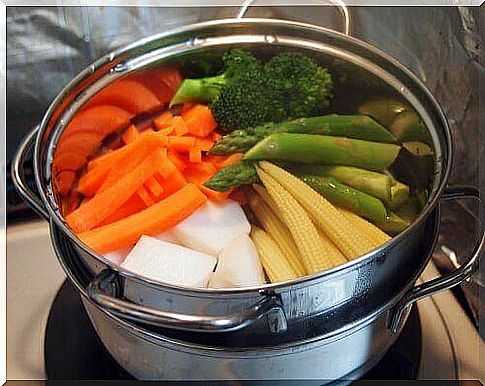
Read on to find some recommendations we believe are important when trying to preserve vitamins in food.
- Store fruits and vegetables in a cool place and protect them from light. Also clean the vegetables and cut them into pieces when you serve them. As for cooking techniques, it is better to cook en papillote, use steam or the oven. These are the cooking techniques that best preserve and/or concentrate the vitamins in the food.
- On the other hand, to prevent oxidation of food that has been sliced, such as apples, you can sprinkle a little lemon juice over it after cutting it. Eating raw fruits and vegetables is highly recommended and it is a good idea to eat them with their own skins if possible.
- The highest concentration of vitamins is under the skin. In addition, cell protectors are also found in the shells themselves. If you’re making a juice or fruit shake that you’re not going to drink right away, keep it in a sealed container to prevent oxidation.
- When cooking vegetables, save the liquid. Some of the vitamins remain in this. For example, use the water in which you cooked the vegetables for a soup or stew, or use it to cook pasta, rice, or other vegetables.
Pay special attention to preserving vitamins to prevent loss
Raw foods are rich in vitamins. However, the vitamin content may be lost or changed. The three most important factors to consider for the preservation of the vitamins are temperature, light and oxygen.
